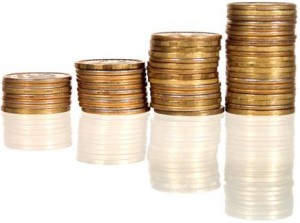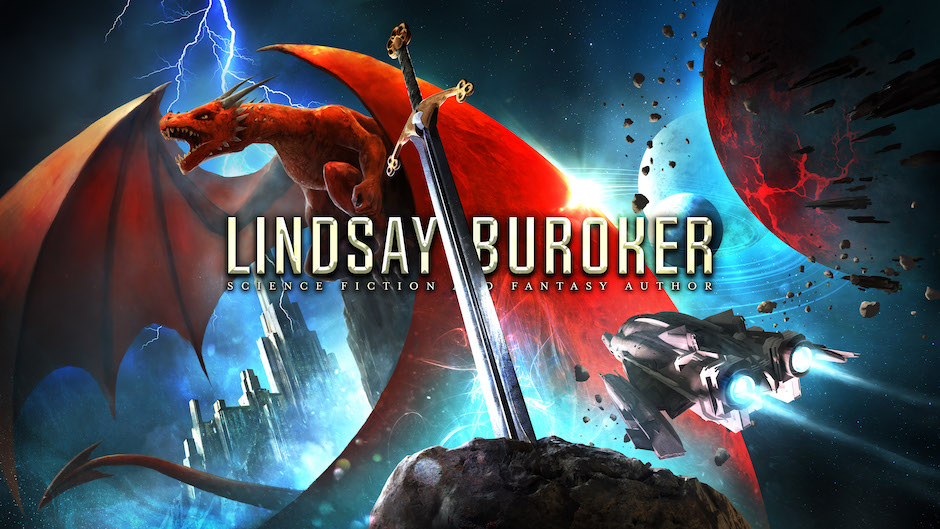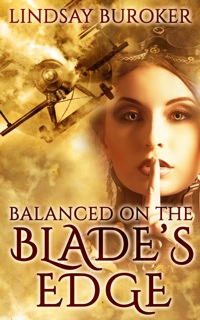 When it’s time to publish your first ebook, you’ll have to decide how much you want to charge for it. Since I’m reading Stephen Windwalker’s How to Price eBooks for the Kindle right now, I thought I’d do a post or two on this. There are a lot of factors that might go into your decision. We’ll look at three main ones today: fluctuating royalty rates, what the market will pay, and promotional pricing meant to draw in readers.
When it’s time to publish your first ebook, you’ll have to decide how much you want to charge for it. Since I’m reading Stephen Windwalker’s How to Price eBooks for the Kindle right now, I thought I’d do a post or two on this. There are a lot of factors that might go into your decision. We’ll look at three main ones today: fluctuating royalty rates, what the market will pay, and promotional pricing meant to draw in readers.
Fluctuating Royalty Rates
Several retailers have an optimimal range where they’ll pay their maximum royalty percentage. For example, Amazon offers 70% on titles priced between $2.99 and $9.99. Ebooks offered at lower or higher amount earn only 35%.
To put that in perspective, you’d have to sell six copies of a $0.99 cent ebook to equal the earnings of one ebook with a $2.99 price tag. At the high end, if you sold a book for $20, you’d get the same cut as if you sold it at $9.99 (and good luck selling as many copies at the higher price point).
Amazon makes it something of a no-brainer to price your ebooks between $2.99 and $9.99, though there are a couple reasons (covered down below) you might want to sell one of your books at the store’s minimum price of $0.99, which is something I’ve chosen to do with my Goblin Brothers Adventures.
One retailer that offers a steady royalty, no matter what the price, is Smashwords. You’ll get 80+% of earnings, regardless of the price tag you put on your story. They’re also friendly to those who might promote your ebooks as affiliate marketers. Unfortunately, the Smashwords marketplace has a smaller audience than Amazon and the other household-name bookstores.
What the Market Will Pay
While you can run calculations all day, figuring out which profits sound best, we need to take the market into account. What are people willing to pay for a self-published ebook from an indie author? If the Amazon forums are anything to go by, one of the reasons many kindle readers try indie authors is because our offerings are usually priced well below ebooks published by mainstream publishers. (Something we can afford to do because there are no middle men involved, and we take home a much bigger cut than an author going through a publisher.)
$2.99 is a common price for indie-published, novel-length fiction in the Kindle store, since it’s the lowest we can go and receive the 70% royalty. I published my first novel less than a week ago, so I haven’t done a lot of experimenting myself yet, but I priced it at $2.99. I’ve actually been surprised at the sales I’ve had, given the limited number of page views the book page at Amazon is likely seeing. I definitely have a Daffodil-Principle attitude toward marketing, so no major campaigns from me! In my limited experience, $2.99 doesn’t seem too high a price point for an e-novel from an unknown author. My assumption is that people download samples and make sure the writing is up to snuff before buying.
What about higher prices? I’ve seen folks stick with $2.99 across the board, since the $2 royalty is a very reasonable amount to earn per book, but I’ve also seen indies increase the price relative to their success. You might consider pricing your first book lower, then listing subsequent books at a higher point, especially in a series where readers are likely to want to continue on to see what happens next.
Promotional Pricing or When to Use the 99 Cent Price Tag
As I confessed earlier, my Goblin Brothers ebook is only $0.99. There are a lot of indie authors with 99-cent ebooks up at Amazon ($0.99 is the minimum you can list your book at there).
My choice had more to do with my collection of short stories being quite a bit shorter than a novel, though I’ve come across quite a few folks who have decided to sell Book 1 in a series for $0.99, thus providing little barrier to budget-conscious readers. Those authors then went on to list subsequent ebooks for $2.99 or more.
What are your thoughts on price? Is $0.99 too low? Is $2.99 too low? Have you noticed big differences in your own sales when you’ve lowered (or even increased) the price? Let us know!




Excellent article, and a subject I’ve pondered in the last week or so. I lowered my price on my second book to .99 for the holidays. Sales increased, yes, but my profit went down a lot. I’m currently trying to decide whether to increase to $2.99 after the first of the year or leave these two at .99.
Here’s the challenge for me–unknown Indie author attempting to develop a following of readers for future books. (Have 3 in the works right now). Will leaving my books at .99 allow new ereader owners to find and follow me? Yes, I think it will. Still I do believe my books are worth much more than .99 so therefore am I denigrating the value of my books by leaving them at .99?
And only time will tell what the market will bear. Plus with the downloads from libraries and sharing of books I believe we’re going to see a decrease in sales after the first of the year. So leaving the books at .99 may actually keep my books steady as I would be willing to pay .99 for a book I wanted to read if it wasn’t available at the library.
I can’t speak for the US Kindle Store, but the UK site is very price-sensitive.
In both stores, what matters is not what the author thinks his/her book is worth, it’s what the reader is willing to pay; and this principle applies to everyone, from a new indie author to a famous mainstream one.
Good luck with The Emperor’s Edge :o)
Thank you for commenting, Lexi and Laura!
Lexi, you’re doing great on the UK store, so you must be doing something right. I’ll have to schmooze you and see if you’d like to do a guest post someday. 🙂